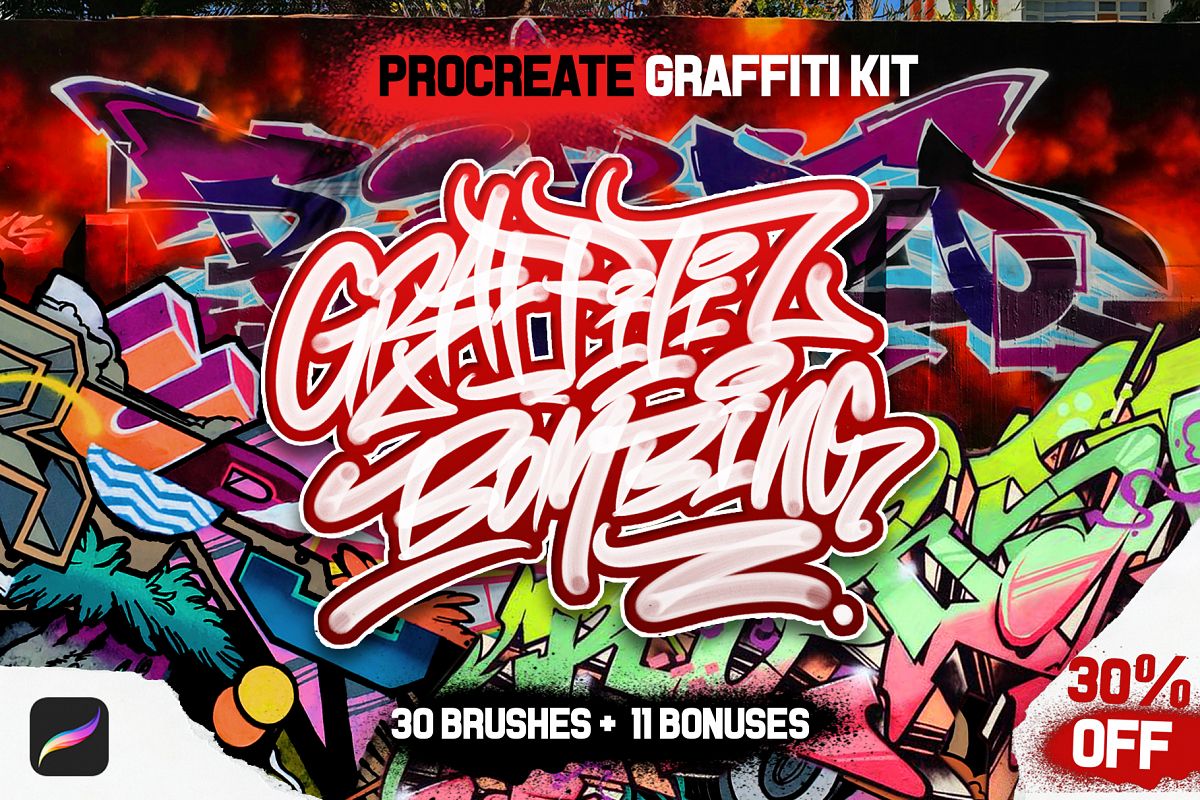
Bombing Science is your premier source for graffiti pictures since 1998 and the most complete online graffiti supplies store. However, if you can’t find an answer, the next best thing is an explanation, and that’s often found hidden in history.Graffiti Pictures and Supplies. Why spray paint that wall? Why deface that bus? What’s the point? There isn’t a straightforward answer to that question, because every artist has a different reason for placing their work where they do. Decorate your laptops, water bottles.It’s one of the most common questions presented by by-passers who see graffiti. And due to the fact that these yarn bomb creations are often put up in public community spaces (on telephone poles, benches, bike racks, etc ), it causes a decrease in usefulness of these places.Unique Graffiti Bombing stickers featuring millions of original designs created and sold by independent artists. While yarn bombing can look bright and cheerful in the beginning, leaving out yarn to the elements will eventually lead to a soggy, faded mess.
They wrote their nickname or crew name (not gang name, a crew is a group of graffiti artists with varying styles that form a collective) up wherever they saw fit. Tagging became a common practice of the city’s youth, often as a competition. McCray claims he was one of the first people to tag a nickname, not a gang name or symbol, around in mass.In nearby New York, artists were writing their names on walls and subways as well. While gang members in the facility spray painted the walls with their names, he instead wrote “Cornbread.” When released from the facility, he tagged his name all over the north Phillie, often writing “Cornbread loves Cynthia” to impress his crush. He adopted the nickname “Cornbread” while in the facility because he very vocally preferred cornbread over the white bread the cafeteria served. Having a deep appreciation of graffiti and street art, since the 1980s.In 1965, a young man named Darryl McCray was sent to a Philadelphia juvenile correctional facility.

Superkool 223 figured out that by using a larger spray nozzle, throwups could be completed more quickly, thus allowing artists to make their pieces bigger and bigger.Being able to get your art up quickly and in as many places as possible became known as “bombing.” As graffiti has changed throughout the past few decades, artists have become more elaborate in their works, many styles being symbolic of a city or culture where the artist resides. The late NYC writer Phase 2 is credited with creating and perfecting the popular bubble-style writing commonly seen throughout the city, now popularized around the world. Just like tagging, it was to be done quickly, but being larger meant there was a better chance that your art stood out amongst a crowd of signatures. Artists began writing their names with larger letters, sometimes filled in with another paint color or completely hollow, just leaving an outline.
Or maybe it could just be a name. Street art can be a call to action, a statement, or cultural reference. Whether you appreciate it or not, you notice it and maybe that’s the only real answer that exists.


 0 kommentar(er)
0 kommentar(er)
